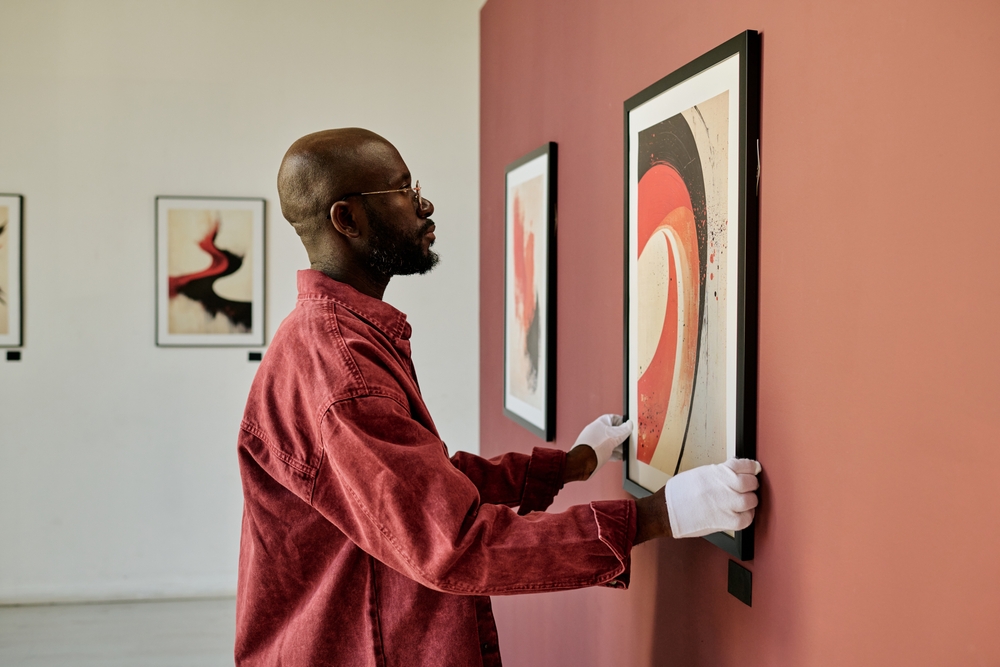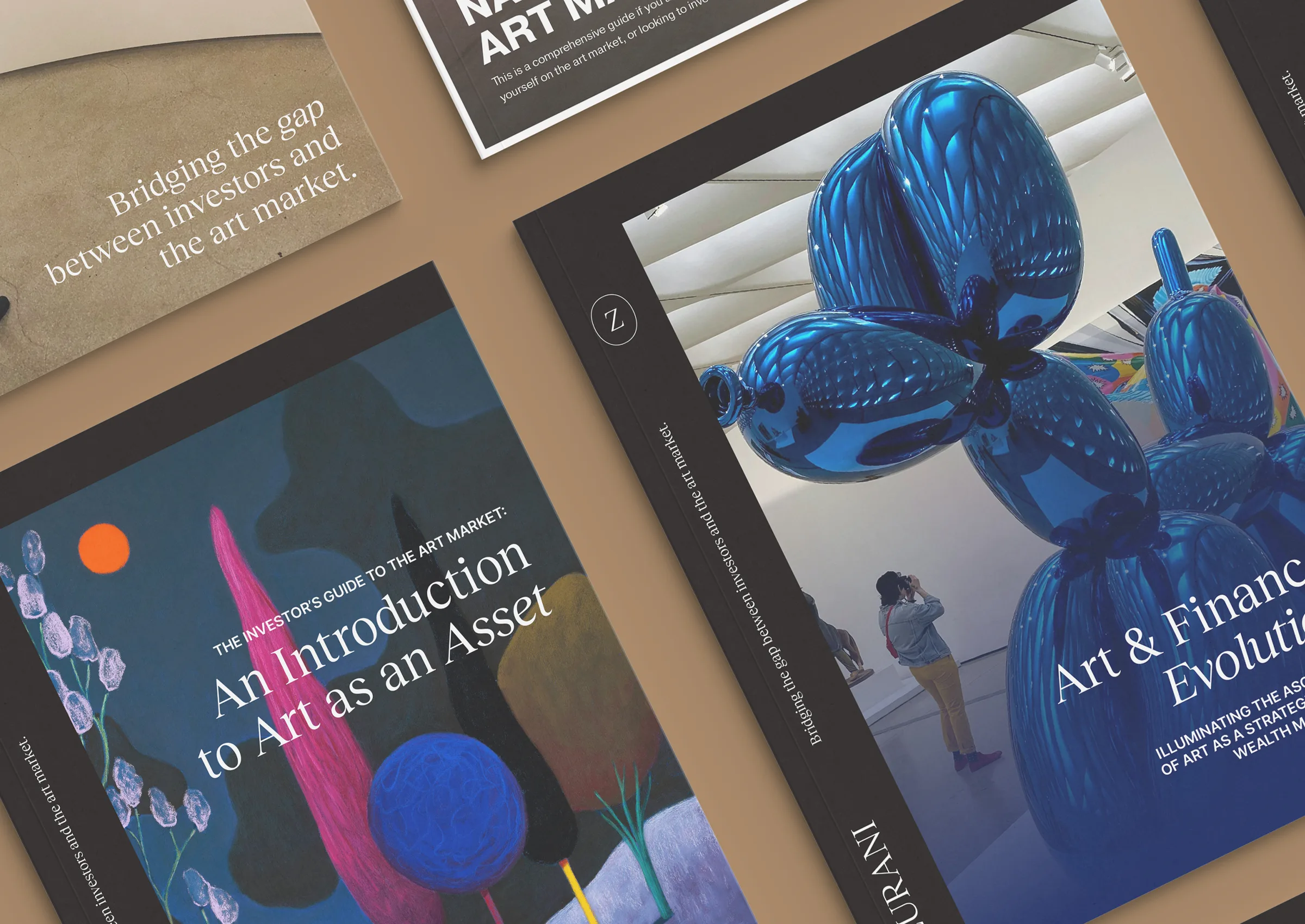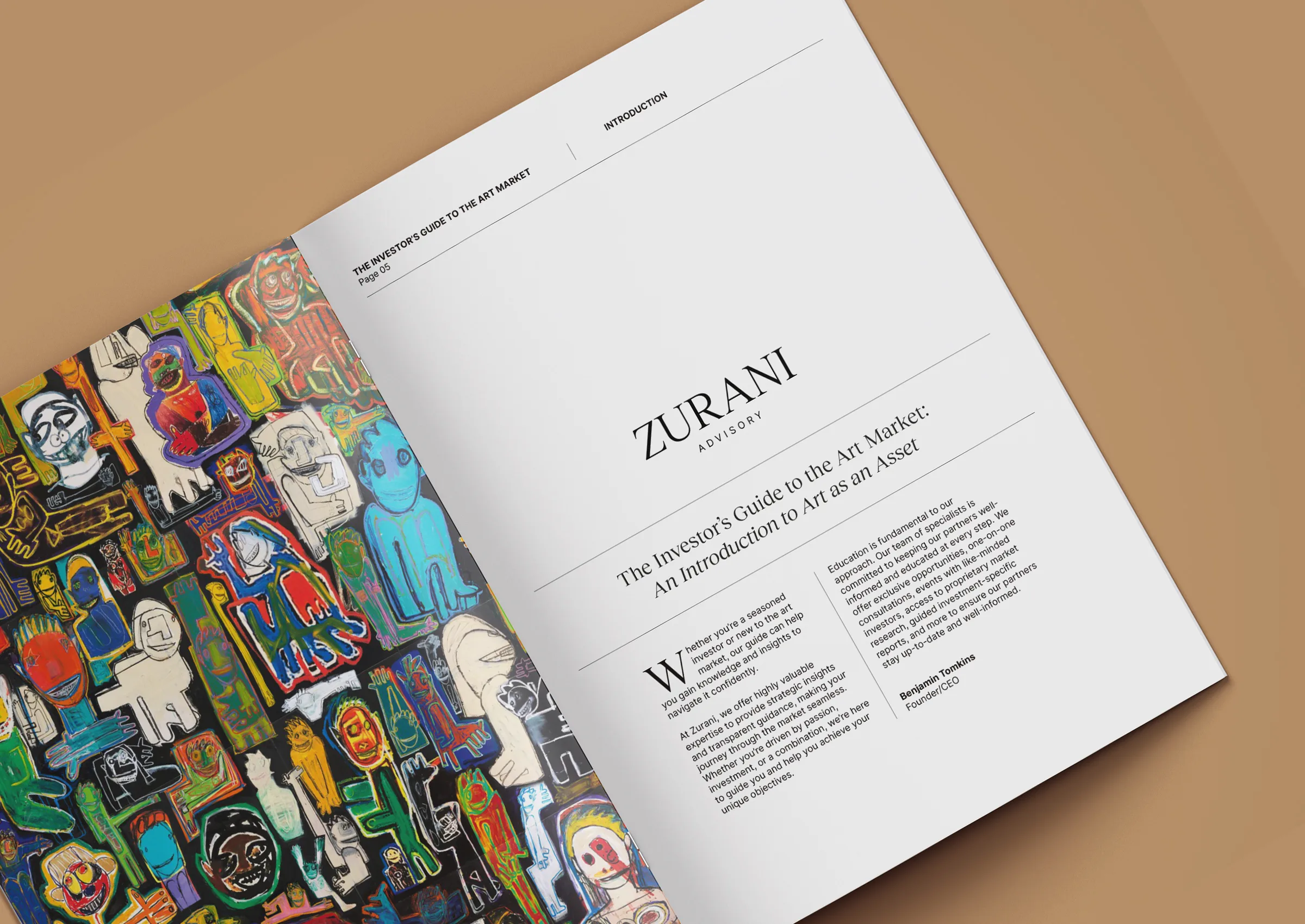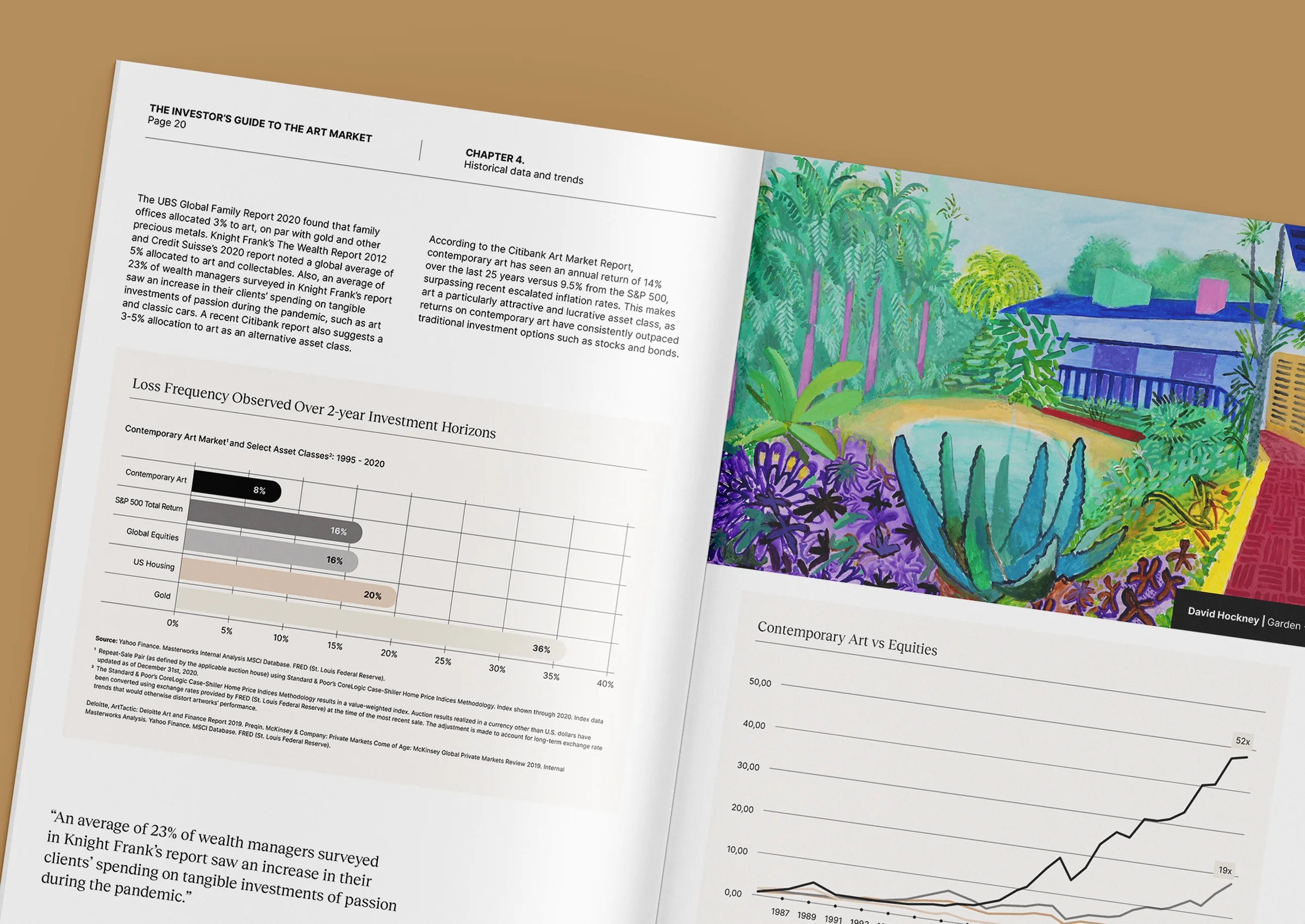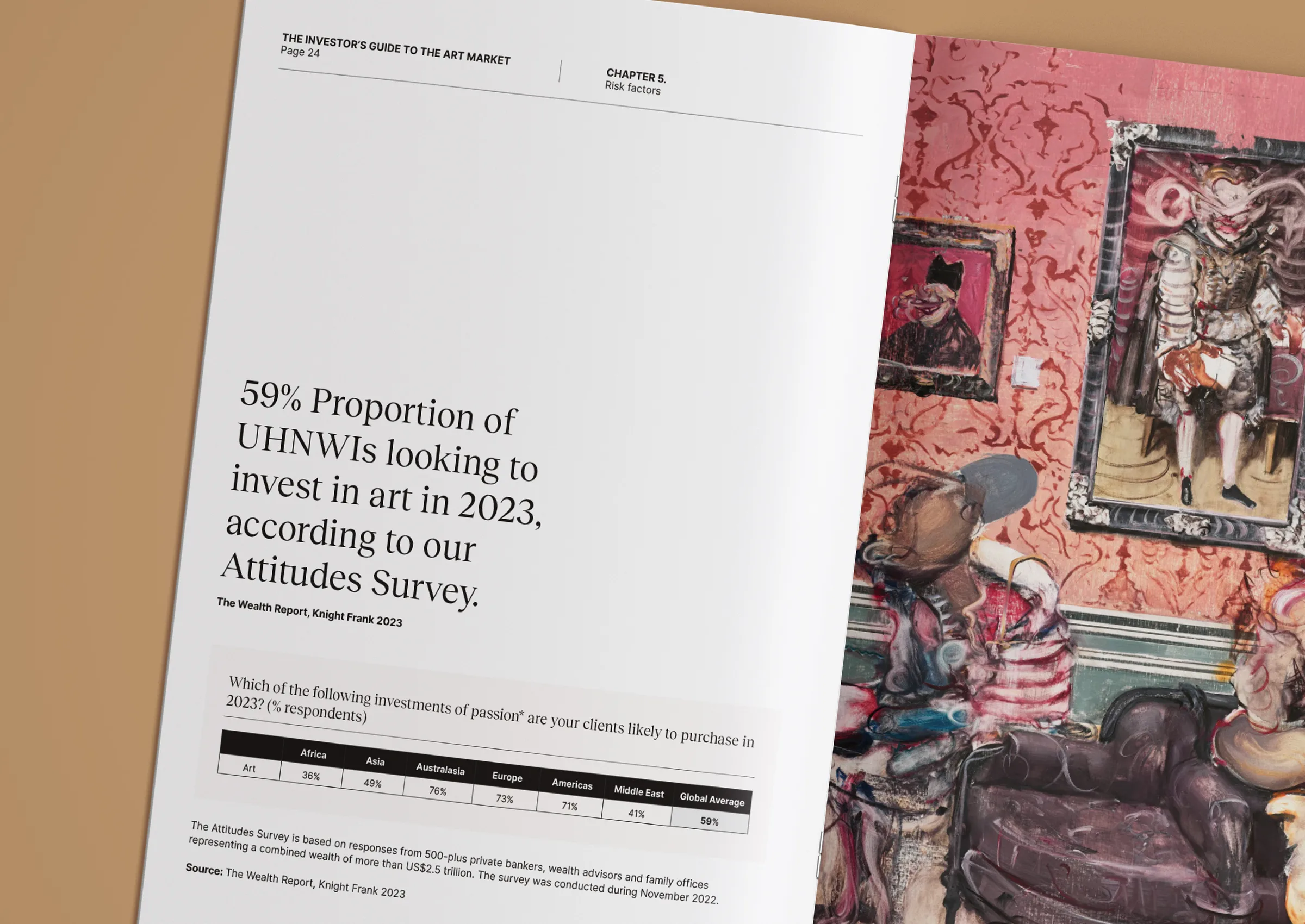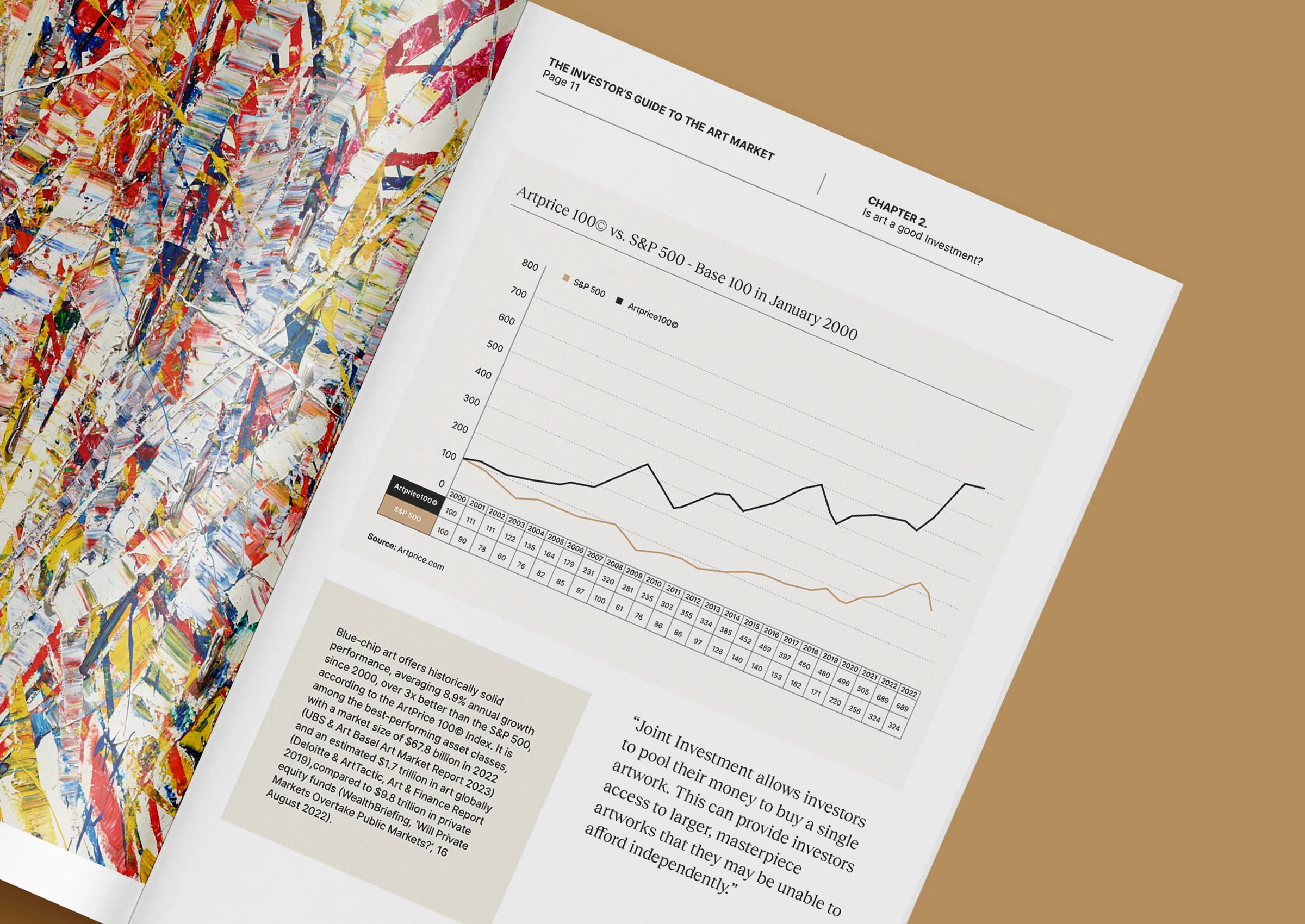Inside the Catalogue Raisonné: Why documentation matters in art investment
For many collectors, acquiring a work of art is an instinctual process that involves a moment of connection, a conversation, and a sense of certainty. However, behind every great acquisition lies a crucial safeguard: proper documentation.
One of the most essential, and often overlooked, forms of this documentation is the Catalogue Raisonné, a comprehensive listing of all known works by an artist, authenticated and verified by experts. While it may sound archival or academic, its impact on art investment is both practical and profound.
At Zurani, we often refer to the Catalogue Raisonné as the backbone of confidence. It supports provenance, protects value, and provides collectors with the clarity they need to make informed long-term decisions. In this article, we explore why it matters and how to engage with it wisely.
What is a Catalogue Raisonné?
A Catalogue Raisonné is a scholarly publication or digital archive that documents the complete body of work by a given artist.
It typically includes details such as:
- Title, medium, and dimensions of each piece
- Creation date and exhibition history
- Provenance records (ownership history)
- Condition notes and references to published appearances
- Images of the works and authentication notes
In some cases, Catalogue Raisonnés are compiled during an artist’s lifetime. In others, they are completed posthumously by foundations, estates, or academic experts. Either way, they serve as an essential reference for collectors, curators, institutions, and advisors.
Importantly, inclusion in a Catalogue Raisonné is often viewed as formal confirmation of authenticity. And exclusion can raise red flags, even for visually convincing works.
Why it matters for collectors and investors
In a market where trust is everything, documentation becomes part of the artwork’s value, not just an accessory to it. Here’s why Catalogue Raisonnés are so critical:
1. Authenticity and protection
For established artists, Catalogue Raisonnés are often used by auction houses, museums, and insurers to verify a work’s legitimacy. If a work is included, it signals confidence. If it’s excluded, or worse, if the artist has no raisonné, additional due diligence is required.
2. Market credibility
An artwork that appears in a Catalogue Raisonné may be more appealing to future buyers, curators, and institutions. It streamlines the acquisition process and can influence everything from insurance premiums to resale decisions.
3. Risk mitigation
The absence of a Catalogue Raisonné can increase legal, reputational, and financial risk, particularly with artists whose markets are speculative or undergoing correction.
4. Long-term value
Works with clear, verified documentation often hold their value better over time, especially when markets become more selective or sentiment-driven.
What to do if a work isn’t listed
Not every artist has a Catalogue Raisonné, and not every listed artist has an updated one. In some cases, inclusion is pending. In others, works may have been lost, overlooked, or privately held for decades. This doesn’t necessarily mean the work is unauthentic, but it does mean added care is needed.
At Zurani, we guide clients through a thoughtful review process, which may include:
-
Consulting with artist estates or foundation archives
-
Requesting condition reports and provenance trails
-
Exploring exhibition and publication history
-
Liaising with catalogue editors if the artist’s archive is still open
Our goal is always the same: to ensure every acquisition is grounded in both meaning and confidence.
Documentation is invisible, until it isn’t
One of the paradoxes of collecting is that the best documentation often fades into the background until something goes wrong. A future sale stalls. A museum questions authenticity. An insurer requests proof. In those moments, the Catalogue Raisonné becomes not just important, it becomes essential.
For serious collectors, documentation isn’t about bureaucracy. It’s about integrity. It’s about ensuring that the stories we tell through our collections, about artists, ideas, and histories, are preserved, protected, and respected.
To learn how documentation and research can strengthen your collection and support long-term value, speak to our team at +971 58 593 5523, email us at contact@zurani.com, or visit our website at www.zurani.com.
